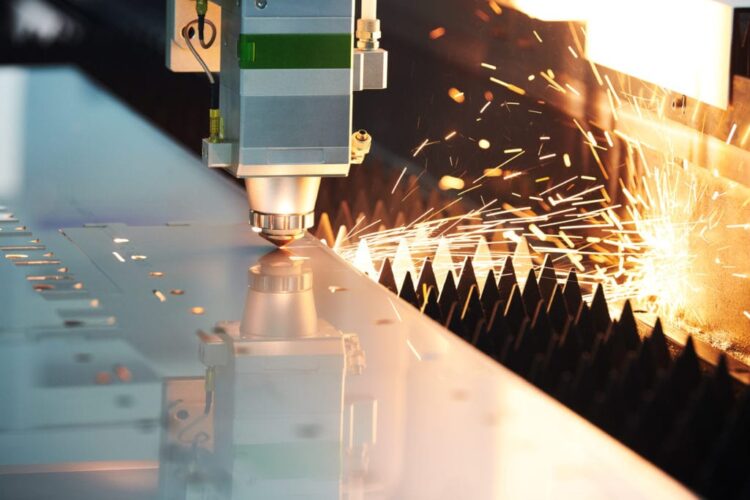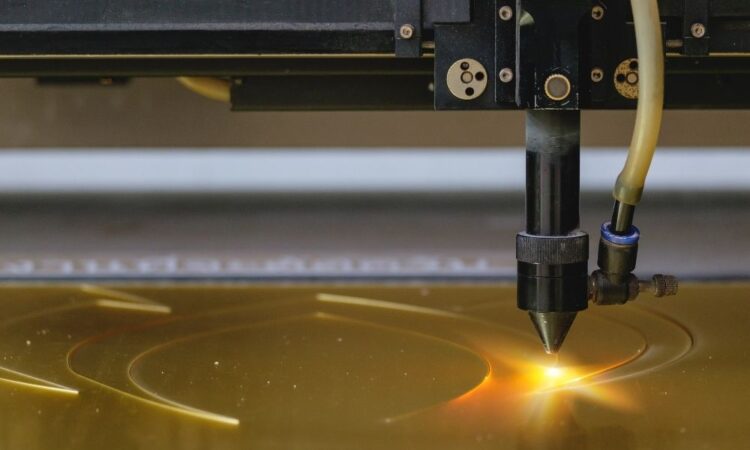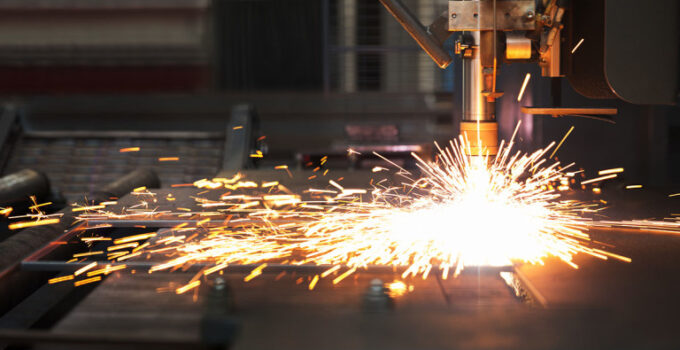Sheet metal is a popular material in the manufacturing industry due to its durability, versatility, and affordability. Sheet metal cutting is a critical process in the fabrication of sheet metal parts and products. However, mistakes during sheet metal cutting can lead to costly errors and impact the overall quality of the final product. It is essential to understand the common mistakes made during sheet metal cutting and how to avoid or fix them.
By using the right cutting tools, correct pruning parameters, proper material handling, and adhering to safety procedures, accurate and high-quality sheet metal cuts can be achieved. Here are some of the common errors that you should be aware of:
Page Contents
Using the Wrong Cutting Tools
Using the wrong cutting tools is a common mistake in sheet metal trimming. Cutting tools that are not designed for sheet metal pruning can cause damage to the material and the tool itself. For instance, using a saw blade designed for wood cropping can cause the blade to overheat and bend, leading to inaccurate cuts.
To avoid this mistake, use cutting tools that are specifically designed for sheet metal cropping. You should also ensure that the tool is sharp and in good condition before use. Regular maintenance of trimming tools is also essential in preventing errors.
Using the wrong cutting tools for metal sheet cutting can lead to a range of consequences that impact both the quality and efficiency of the cutting process. Inaccurate or imprecise cuts can result in wasted materials, increased production time, and additional costs for post-cutting finishing work. Outdated cutting methods may also lack the versatility required to handle complex designs and intricate shapes, limiting the range of possibilities for metal fabrication.
Laser cutting, with its exceptional precision and versatility, stands out as one of the best options for metal sheet cutting. The focused laser beam ensures clean and accurate cuts with minimal material waste. It allows for intricate designs, complex shapes, and tight tolerances, meeting the highest standards of quality and precision. It is also an automated and efficient process, enabling rapid production and increased productivity.
In addition to laser cutting, there are other viable options for cutting metal sheets. Waterjet cutting, for example, utilizes a high-pressure stream of water mixed with abrasive particles to cut through the material. This method is ideal for materials that are sensitive to heat, offering a cold cutting process that preserves the structural integrity of the metal. Plasma cutting is another option, employing a high-velocity jet of ionized gas to melt and sever the metal. This technique is suitable for cutting thick metal sheets and provides faster cutting speeds compared to other methods.
Incorrect Cutting Parameters

Source: smuckerlaser.com
Incorrect etching parameters such as mowing speed, feed rate, and depth of cut can cause errors in sheet metal cropping. For instance, using a high cutting speed or feed rate can cause the tool to wear out quickly, leading to inaccurate cuts. On the other hand, using a low cutting speed or feed rate can cause the tool to chip, leading to a rough surface finish.
To avoid this mistake, ensure that you use the correct trimming parameters for the type of sheet metal you are pruning. Consult the manufacturer’s recommendations or seek advice from a sheet metal cropping expert.
Poor Material Handling
Poor material handling is another common mistake in sheet metal cutting. Incorrect handling can cause damage to the sheet metal, leading to inaccurate cuts. For instance, if the sheet metal is not properly supported, it can bend or warp, leading to irregular cuts.
To avoid this mistake, ensure that the sheet metal is properly supported and secured before cutting. You should also use the correct handling equipment, such as clamps and jigs, to hold the sheet metal in place during cutting.
Ignoring Safety Procedures

Source: mac-tech.com
Ignoring safety procedures during sheet metal cutting can lead to accidents and injuries. For instance, failure to wear appropriate personal protective equipment, such as gloves and eye protection, can result in cuts and eye injuries.
To avoid this mistake, ensure that you follow all safety procedures when handling cutting tools and sheet metal. Wear the appropriate personal protective equipment and ensure that the work area is well-lit and ventilated.
Conclusion
Sheet metal trimming errors can cause costly mistakes in the manufacturing industry. To avoid these mistakes, it is essential to use the correct trimming tools, and cropping parameters, handle the material perfectly, and follow all safety procedures. By doing so, you can ensure accurate and high-quality sheet metal cuts that meet the required standards.




